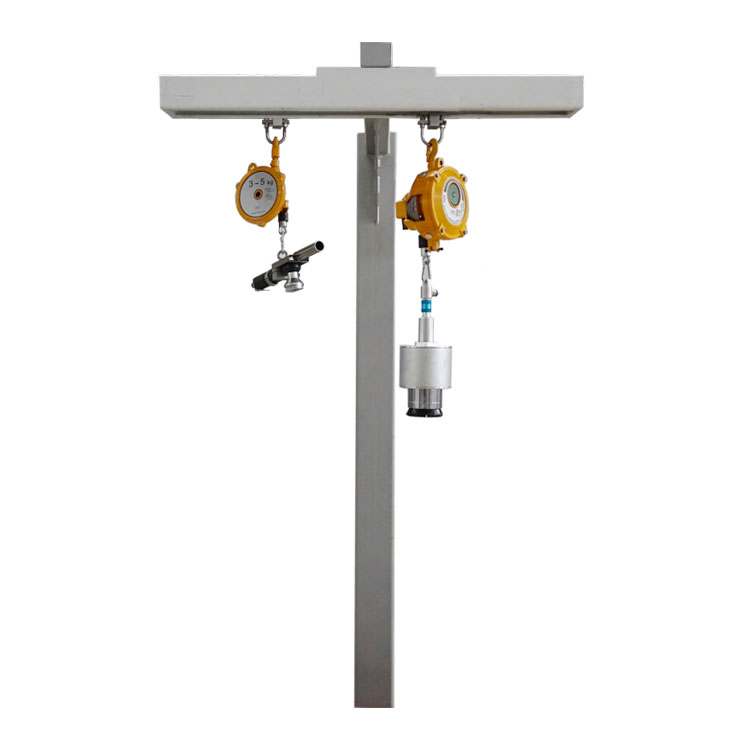Handhold Cap Screwing Machines vs. Automated Screwing Machines: Understanding the Differences
2024-04-24
In the world of manufacturing, efficiency and precision are key factors in ensuring the quality and consistency of products. When it comes to sealing containers with caps, both handhold cap screwing machines and automated screwing machines offer solutions, but they differ in various aspects. In this blog, we'll explore the differences between these two types of machines and how each contributes to the manufacturing process.
Handhold Cap Screwing Machines
1. Portability:
One of the key features of handhold cap screwing machines is their portability. These machines are lightweight and designed to be handheld, allowing operators to move freely and easily access containers for sealing.
2. Operator-Controlled:
Handhold cap screwing machines require manual operation by an operator. The operator holds the machine and guides it to apply the cap onto the container. The speed and torque of the machine are controlled by the operator.
3. Flexibility:
These machines are versatile and can handle a wide range of cap sizes and types. They can be easily adjusted to accommodate different containers and caps, making them suitable for various applications.
4. Ergonomics:
Handhold cap screwing machines are designed with ergonomics in mind to minimize operator fatigue and strain during prolonged use. They typically feature comfortable handles and lightweight construction.
Automated Screwing Machines
1. Automation:
Automated screwing machines are fully automated systems that do not require manual intervention for each operation. They are integrated into production lines and can automatically feed, position, and screw caps onto containers.
2. Speed and Efficiency:
Automated screwing machines are designed for high-speed production and can screw caps onto containers much faster than handhold machines. They can handle large volumes of containers with minimal human involvement.
3. Precision:
These machines offer precise control over torque and speed, ensuring consistent sealing of containers. They are often equipped with sensors and feedback mechanisms to detect and correct any deviations in the sealing process.
4. Integration:
Automated screwing machines can be seamlessly integrated into existing production lines, allowing for continuous operation and increased throughput. They can also be synchronized with other machines for a fully automated production process.
5. Cost and Complexity:
Automated screwing machines tend to be more expensive and complex compared to handhold machines due to their advanced automation features and integration requirements.
Choosing the Right Solution
The choice between a handhold cap screwing machine and an automated screwing machine depends on various factors such as production volume, required precision, and budget. Handhold machines are ideal for smaller-scale operations or applications where flexibility and manual control are important. On the other hand, automated machines are suitable for high-volume production lines where speed, precision, and efficiency are paramount.
Conclusion
Handhold cap screwing machines and automated screwing machines each have their own strengths and are suited to different manufacturing scenarios. Understanding the differences between these machines is crucial for manufacturers to make informed decisions about which solution best fits their production needs. Whether it's the flexibility of a handhold machine or the automation of an automated machine, both play integral roles in the efficient sealing of containers in various industries.



